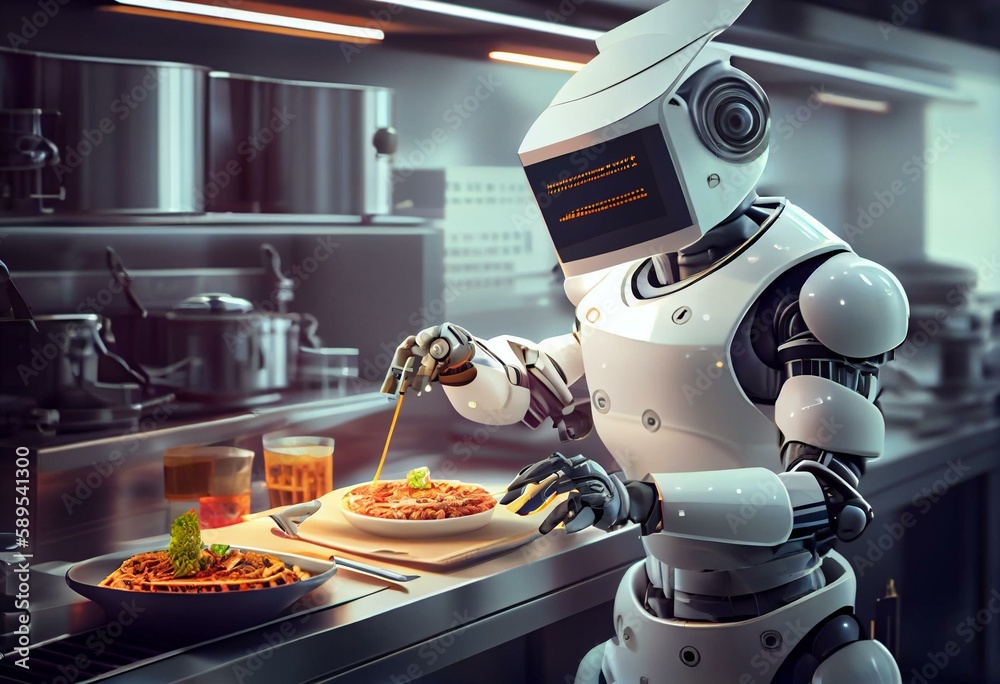Robo-Chef Food – 85% Appealing as a Gumball
Some say that what ‘made’ McDonalds initially was their patented ketchup + mustard squirter / dispenser, so that the same order tasted the same wherever it was purchased. Imagine the orders-of-magnitude greater homogeneity to be put up the world by robot-chef preparations. Totally disregards hands-on old-fashioned cooking that also captures the energies and intentions of the cooks, ingredients, etc. (Think “energy” in this case is “woo-woo”, try telling that to kosher consumers who know that meat improperly prepared results in ‘pretamination’ by animal hormones.)
Top considerations for most consumers remain the same: menu selection (61%), menu pricing (55%) and recommendations from family and friends (53%).
French fries remain top-ordered item for delivery, as they have been year-after-year. But the latest survey shows a shift toward global comfort foods. Garlic naan rose to the No. 2 spot, with tacos, pad Thai and miso soup rounding out the Top 5, in that order.
From the 2025 report:
• 52% of diners are open to AI personalizing recommendations from restaurants or apps based on their past orders.
• Only 15% fully trust robots or automated food assembly systems to prepare a restaurant meal— although men are twice as likely as women to be comfortable with robotic chefs. The human touch is still a selling point in a restaurant kitchen.
• 98% of consumers say they order delivery to satisfy a craving, and 20% are ordering restaurant delivery more often than last year.
• When choosing a new restaurant for delivery, 67% of Boomers prioritize pricing, while Gen Z leans into food photos (46%), social media (27%) and influencer recs (20%).
• 74% of Gen Zers and 69% of Millennials have ordered a restaurant item after seeing it go viral on social media. But of those, only 40% thought it was worth the hype.
• 42% of survey respondents are ordering alcohol for delivery more often than they did in 2024—but there’s a growing emphasis on mindful drinking.
• 80% of people who ordered alcohol delivery ordered low- or non-alcoholic drinks in in the past six months—more than double 2024 figures.
